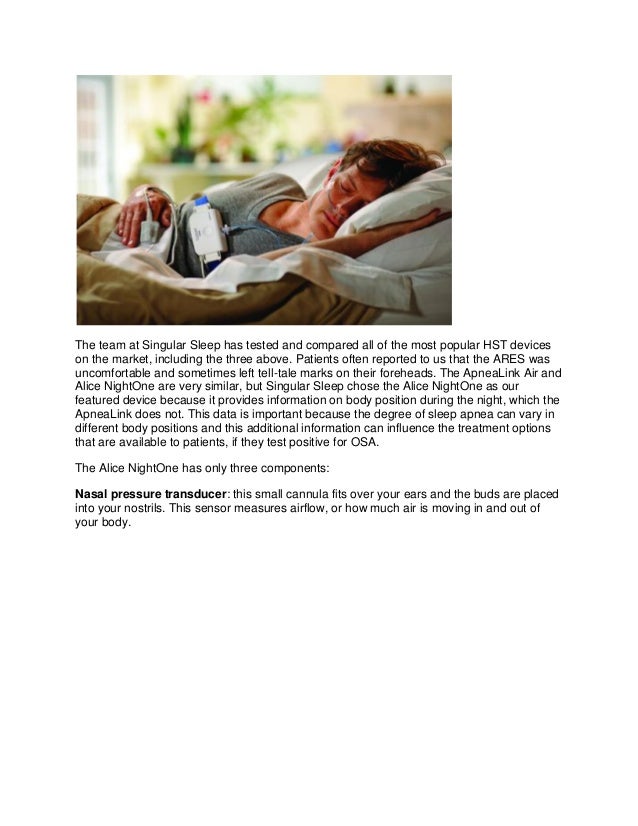Table of Content
Helpful Visual Aids – Click here for astep by step diagram and video tutorialon how to use the device. Get the latest news and updates on MSK’s cancer care and research breakthroughs sent straight to your inbox with our e-newsletters. While we read all feedback, we cannot answer any questions. Please do not write your name or any personal information on this feedback form. Move the slider on the tube up so the tube is snug under your chin .

I’m a person who’s exhausted all the time who wants to know why. Please tell me how my cat or dog being in the room contributes to my pulseox dropping to 74 at one point? Did she cause all 121 apnea events I had too? My husband waited over weeks for his sleep study results.
Partner with us to treat your patient’s cancer.
Your feedback will help us improve the educational information we provide. Your care team cannot see anything you write on this feedback form. Please do not use it to ask about your care. If you have questions about your care, contact your healthcare provider.
Studies integrate into Alice and the data looks just like it was recorded in the lab. About time someone listen to the end users and Respironics got it. Designed to help patients get their study done right the first night.
About the Alice NightOne Device and Sensors
The device has 3 sensors and a built-in body position sensor that provide seven channels of data . The “Auto-on” feature turns on the device as soon as the RIP belt is clicked in place; no need for patients to push a ‘start’ button. The Alice NightOne Smart Guide Setup displays illuminated sensor indicators that walks the patient through sensor placement one by one. With minimal sensors and intuitive icons, Alice NightOne is easy for patients to set up themselves and limits discomfort while they sleep, Philips states. The device indicates if additional testing may be required before the patient returns the equipment, further streamlining logistics.
Memorial Sloan Kettering was founded in 1884, and today is a world leader in patient care, research, and educational programs. With cancer, where you get treated first matters. From diagnosis to treatment, our experts provide the care and support you need, when you need it.
Covid-19 Home Testing
They will also adjust the effort belt for you. Use the instructions in this section to help remember how to put on the sensors at home. One end of the effort belt should already be attached to the testing device. To end your HSAT, take off the sensors and disconnect them from the Alice NightOne device. Put the Alice NightOne device and sensors back into the carrying case.
Making signals to look like laboratory signals is not really that hard of a stretch. If Alice is able to open EDF files, then it should have the ability to view any EDF file as good as the signals from the laboratory. I had Compumedics Profusion displaying the Sompte’ HSAT units back in the 2009.
What Does the Device Record?
You can do this in the morning to check how much good quality data was collected. For more information about this, read the section “Checking the data quality” near the end of this resource. Follow the safety instructions in the user manual.
Put the rubber sensor on one of your index fingers . Twist the cannula clockwise to connect it to the top of the Alice NightOne device . It will measure how much air you’re breathing and keep track of your snoring.
Put them on while you’re standing or sitting up, not lying down. You can do this during your HSAT to check if the sensors are connected and working properly. The case will also have a user manual and quick start guide. Follow the safety instructions in the user manual and please don’t get the Alice NightOne device or sensors wet. Having trouble getting patients into a sleep lab? Home sleep apnea tests are an effective solution that enables patients to be tested from the comfort of their own home.

Breathe through your nose for 10 seconds, then check the icon again. Once the nasal cannula icon turns green, put on the pulse oximeter. The pulse oximeter icon will appear to remind you. Flow, effort and SpO2 signal quality is monitored throughout the night. In the morning, your patient can press the User Button and the GSI visually displays the amount of good-quality data in 25-percent increments. If a problem with a sensor significantly hinders the collection of good data, this is also displayed.
No comments:
Post a Comment